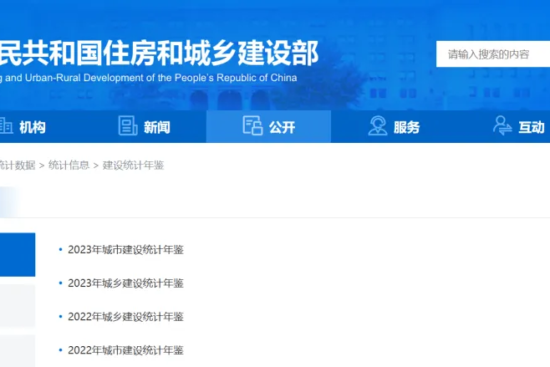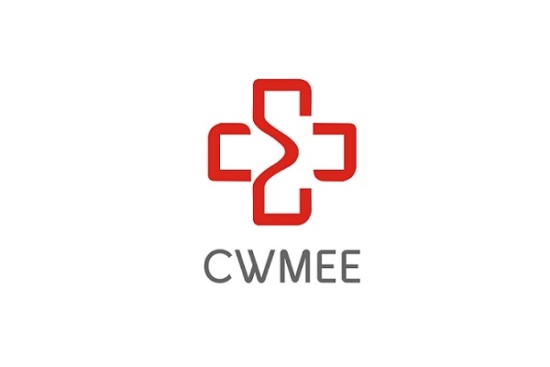
Section 2: What we can do for you
David Cloete
While some events are designed simply to boost morale, most hope to leave participants with new information, behaviors, or both by the end of the event. These goals aren’t too different from a teacher leading a class of students. Everyone must deliver new information, make sure the audience is keeping up, and ultimately walk students out of the class hoping they’ve been together long enough for the information to stick. Clearly, classrooms and event spaces have more in common than meets the eye. Because of this, research-based teaching methods have a lot to offer event planners.
Specify a specific teaching mode I do, we do, and you do too Stand out. This model is simple yet powerful, providing teachers (and, incidentally, meeting planners) with a structure and execution framework that begins with “leading instruction and ends with students (or attendees) working independently” (Killian, 2021). The model follows three steps, which derive from its name. First, someone explains the information or models a process (I do) Second, they complete this process in small groups with the audience (We doFinally, participants completed the process independently (You do; Killian, 2021). In this article, we discuss the second step of the model, We doand how to incorporate it into your next meeting through group and activity structures. While the content of your meeting will vary greatly, there are some principles We do This multiplies the impact of any event.
Advantages of small groups
Research shows that there are many advantages to using small groups in meetings and training settings. Two of the most prominent are increased individual engagement and productivity.
Some studies have shown that the smaller the group size, the higher the engagement (Tope). This may be because “individuals in small groups are more likely to express their opinions, challenge the opinions of others, and ultimately make better, more thoughtful decisions” (Tope). It’s easy to hide in a room of a hundred people; it’s much harder to hide at a table of ten. Attendees will engage more deeply with your content when you ask probing questions about what they’re learning or provide scenarios that inspire them to work together.
In addition to increased engagement, smaller teams tend to increase productivity. One study found that when a team doubled in size, productivity dropped by 36% (Staats et al., 2012). Smaller teams force individuals to contribute their unique perspectives; it is these unique perspectives that inspire and foster a deeper understanding of your content among other attendees, leading to more powerful solutions. While larger teams/groups are certainly necessary at times, they have the potential to “breed overconfidence and underperformance” (Tope).

Groups and how to use them
The advantages of delivering information to large groups over delivering information to small groups is a quantity vs. quality dilemma; however, incorporating both formats into your meetings can leverage the strengths of each while mitigating their weaknesses. As discussed in a previous article (Part 1: What can I do for you?), delivering general information (e.g., healthcare policy changes, management talks, etc.) is best done in larger groups because your attendees are only Initial absorption However, when you move attendees to Apply Your content (i.e. how Apply policy changes, how Applying management concepts In a specific industry context), these problems are best solved in small groups (6-10 people).
Therefore, it is best to schedule the group discussion after the general information/lecture. You can divide attendees into groups based on the tables they sit at (if that is your seating arrangement), or randomly assign individuals to groups (via a number or letter system). It is recommended that each group have a leader to keep the conversation on track, but it is not necessary.
Whether it’s the application of new company policies and procedures or the impact of new medical regulations, group discussions are a great place to get attendees to think more deeply about your content. When individuals engage with your content in a way that is personally meaningful to them, they are more likely to remember it.
in conclusion
Jeff Bezos famously said that if you can’t feed a team with two pizzas, then the team is too big (Is Your Development Team Size Hurting Your Productivity?). While he was talking about teams at Amazon working to achieve better business outcomes, the sentiment still applies to those who want to better understand a new company policy or the latest medical regulations. General ideas and information are best communicated to large groups; this environment works best when the goal is to investigate something new. But creativity and application are best achieved in small groups, where everyone can be clearly heard and contribute their perspectives. Information is communicated at a banquet, but innovation happens over no more than two pizzas.
Meet
David Clote is a staff writer based in St. Louis.
refer to
Is the size of your development team hurting your productivity? (n.d.). Redstation.com.
Is the size of your development team hurting your productivity? (n.d.). Redstation.com.
Staats, Bradley R, Katherine L Milkman, and Craig R Fox. (2012). The team expansion fallacy: Underestimating the decline in effectiveness of large teams. Organizational Behavior and Human Decision-Making Process 118, No. 2. 132–42.
Tope, Emily. (n.d.). Why small teams often outperform large teams. Todoist.com.











Leave a Reply Cancel reply
You must be logged in to post a comment.